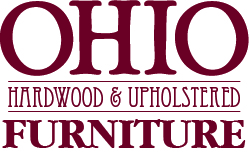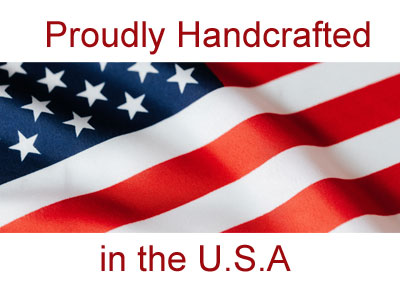Leather Facts
Types of Leather
Full Grain Leather: This is the top layer of hide, right beneath the hair. This leather is merely hair removed. Full Grain refers to leather that has not been altered by sanding or buffing. Full Grain leather retains the grain layer, original texture and markings that naturally occur during the lifetime of the animal and create a one-of-a-kind look for each upholstered product. As this leather ages, it acquires a unique patina. In other words the more you use it , the more lovely it becomes. You can't damage it by trying to pierce it, rip it, peel it, or crack it. The leather can bear significant stress.
Top Grain leather: Top Grain leather simply comes from the uppermost portion of a hide - the term "Top Grain" is referring to the layer of the hide from which the leather originates. Leather is split into layers and sold as two different products: Top Grain and Split leather. From the Top Grain portion of a hide comes both Full Grain and Corrected Grain leathers.
Nubuck: a Corrected Grain leather, is Top Grain leather where the top hair cell layer has been removed by sanding, resulting in a luxurious nap and velvet-like surface.
Split Leathers: often sold as suede. They originate a few layers down from the grain.
Aniline vs. Semi-Aniline: Aniline leather is colored by immersing hides in a dye bath with transparent, aniline dyes that fully penetrate the hide. These leathers are the most natural and often the most pristine hides are used. All surface imperfections and flaws (or beauty marks) will be visible in aniline dyed leathers. Semi Aniline leathers are aniline dyed with an added layer of pigment or surface coating to enhance durability and color consistency. Imperfections and flaws are still visible.
Vegetable Tanning vs. Chrome Tanning: Vegetable Tanning is the oldest method of tanning. It utilizes vegetable tannins and extracts from trees and plants for use in the tanning process. Today, vegetable tanned leather is still utilized by boot and saddle makers. Chrome Tanning is the most widely used process of tanning leather, accounting for approximately 90% of leather produced globally today. Invented in the 19th century, chrome tanning uses the minerals of chromium salts to tan hides and allows for a softer hand and a broader range of color.

